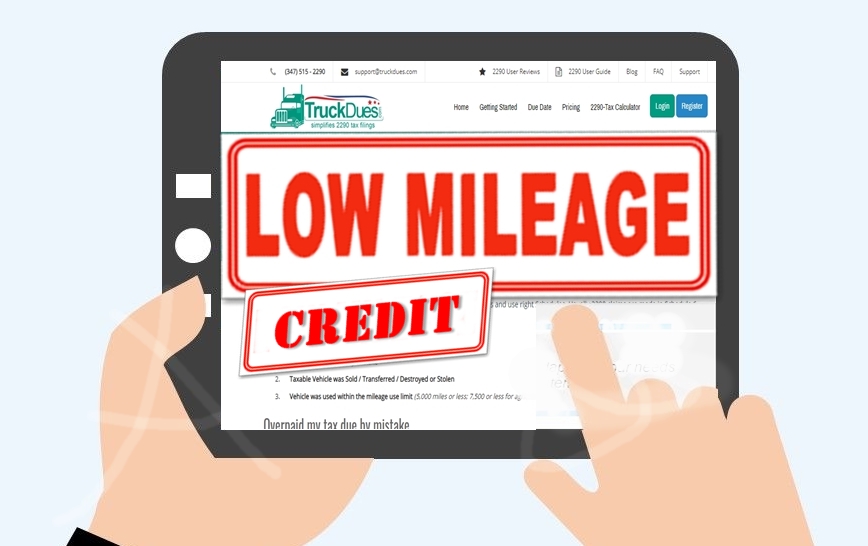
Truckers, in this post, we’ll go through how to get a refund on your vehicle if you discover that you haven’t driven it over the desired mileage cap for exemption. The mileage cap for exemption, according to the Internal Revenue Service, stands at 5000 miles for commercial vehicles and 7500 miles for farming and logging vehicles.
The Heavy Highway Vehicle Used Tax Return HVUT Form 2290 is an annual tax charged to the Internal Revenue Service on vehicles with gross weights of over 55000 lbs and that is used for the same purpose every year. Form 2290 is due in June and is payable through the end of August.
Since Form 2290 must be filed upfront for the next 12 months, one must be certain of the miles the truck will be used. If the truck will be used within the exemption mileage, you will not have to pay any taxes to the IRS. We must only pay the IRS the tax due sum if we surpass the desired mileage cap of exemption. But what if you declare your truck as a taxable vehicle by mistake and pay the tax due, only to discover later that you have not driven up to the mileage limit? This is when you use the IRS’s low-mileage credit option, in which you use the IRS’s e-file Form 8849 schedule-6 to request a mileage refund and register the vehicle under low-mileage credits. This, though, can only be done after the existing tax year has finished and the new tax year has started.
Every year, the Annual Heavy Highway Vehicle Used Tax Return is due in June and is payable until the end of August. Form 2290, on the other hand, must be e-filed by the last day of the month after its first use, according to federal law. As a result, for vehicles first used in February 2021, Form 2290 is now due by March 31st, 2021.
For any assistance with your HVUT Form 2290 inquires, contact us at 347-515-2290, support@truckdues.com, or live chat on the website. Thank you for visiting www.truckdues.com to complete your HVUT Form 2290 filing. We make every effort to serve the ever-dedicated trucking community, which works diligently to meet the nation’s needs on time.
